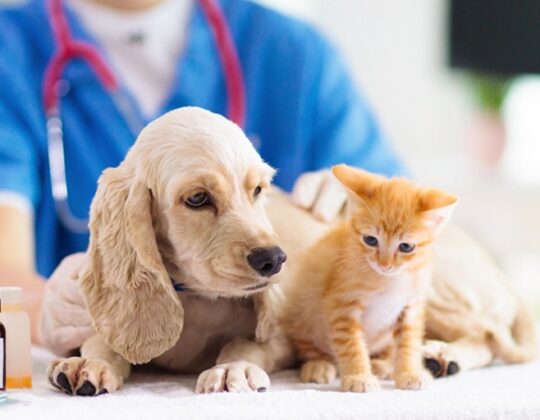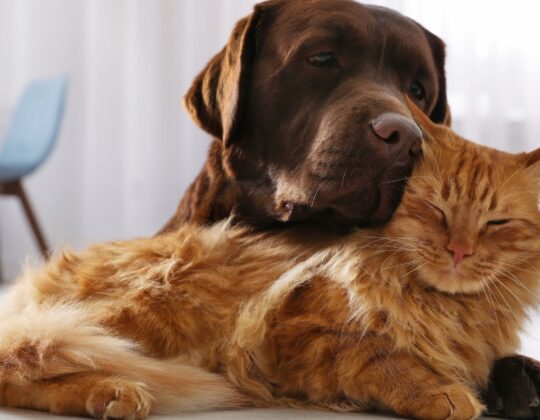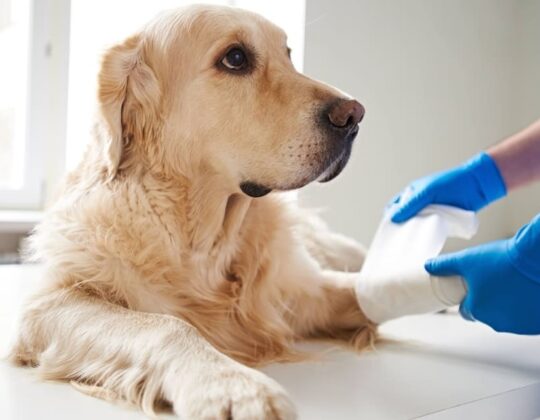Pet ownership extends far beyond the realm of traditional cats and dogs. From feathered friends like parrots to scaly companions like snakes or turtles, a diverse array of animals share homes with people worldwide. As the bond between humans and unconventional pets deepens, the question arises: Can you buy insurance for pets other than cats and dogs? In this guide, we’ll delve into the fascinating world of pet insurance, exploring options for a variety of non-traditional pets.
1. Understanding the Basics of Pet Insurance:
Pet insurance is designed to cover veterinary expenses associated with unexpected illnesses, accidents, or injuries. While the majority of pet insurance policies focus on cats and dogs, some providers recognize the need for coverage for a broader range of pets. The principles of pet insurance for unconventional pets remain similar, offering financial protection and ensuring access to quality veterinary care.
2. Common Unconventional Pets Covered by Insurance:
Several non-traditional pets may be eligible for insurance coverage, depending on the provider. Some common unconventional pets covered by insurance include:
Birds: From parrots to canaries, pet insurance providers may offer coverage for various bird species.
Small Mammals: Rabbits, ferrets, guinea pigs, hamsters, and other small mammals may be eligible for insurance coverage.
Reptiles: Snakes, turtles, lizards, and other reptiles may have insurance options available.
Exotic Pets: Some insurance providers extend coverage to more exotic pets, such as hedgehogs, sugar gliders, and even potbelly pigs.
Coverage options can vary, so it’s crucial to explore the offerings of different insurance providers to find a policy that suits your specific pet.
3. Why Consider Insurance for Unconventional Pets?
The decision to invest in insurance for unconventional pets stems from a variety of factors:
Veterinary Expenses: Like cats and dogs, unconventional pets can face unexpected health issues or injuries that require veterinary care. Insurance helps offset the costs of diagnostics, treatments, and medications.
Specialized Care: Certain unconventional pets may require specialized veterinary care. Insurance can contribute to covering the expenses associated with experts who have experience with specific species.
Long Lifespans: Some unconventional pets, such as certain bird species or reptiles, can have long lifespans. Insurance provides ongoing financial support for veterinary care throughout the pet’s life.
Peace of Mind: Just like with traditional pets, insurance for unconventional pets offers peace of mind. Knowing that you have financial support in case of emergencies allows you to provide the best possible care for your unique companion.
4. What Pet Insurance for Unconventional Pets Covers:
The coverage provided by insurance for unconventional pets can vary, but it often includes:
Accidents and Injuries: Coverage for veterinary expenses resulting from accidents or injuries, such as fractures, wounds, or ingestions.
Illnesses: Coverage for unexpected illnesses, infections, or chronic conditions that may affect unconventional pets.
Diagnostic Tests: Financial support for diagnostic tests, including blood work, imaging, and other procedures needed to diagnose health issues.
Prescriptions: Coverage for prescribed medications and treatments recommended by the veterinarian.
Surgical Procedures: Financial assistance for surgical procedures that may be necessary for unconventional pets.
Specialized Care: Some policies may cover specialized care or treatments specific to certain species.
It’s essential to carefully review the policy terms and conditions to understand the scope of coverage for your unconventional pet.
5. Factors to Consider When Choosing Insurance for Unconventional Pets:
When exploring insurance options for unconventional pets, consider the following factors:
Species-Specific Coverage: Some insurance providers may offer species-specific coverage, tailoring policies to the unique needs of certain types of pets.
Age Restrictions: Check if there are any age restrictions for coverage, as some policies may have limitations based on the pet’s age.
Pre-Existing Conditions: Understand how pre-existing conditions are handled, as some policies may exclude coverage for conditions that existed before the policy was initiated.
Annual or Lifetime Limits: Be aware of any annual or lifetime limits on coverage to ensure that the policy meets your pet’s potential long-term needs.
Choice of Veterinarian: Check if the insurance allows you to choose your preferred veterinarian or if it requires you to use a network of approved providers.
Waiting Periods: Be aware of any waiting periods before the coverage becomes effective, as certain conditions may have a waiting period before they are eligible for coverage.
6. Steps to Purchase Insurance for Unconventional Pets:
If you’re considering insurance for your unconventional pet, follow these steps:
Research Providers: Explore insurance providers that offer coverage for unconventional pets. Look for those with experience in insuring a variety of species.
Compare Policies: Compare the policies offered by different providers, paying attention to coverage limits, exclusions, and premiums.
Read Reviews: Read reviews from other pet owners who have insured unconventional pets to gain insights into their experiences with different providers.
Request Quotes: Contact insurance providers to request quotes based on the specific species and age of your pet.
Ask Questions: Don’t hesitate to ask questions about policy details, coverage options, and any specific concerns you may have regarding your unconventional pet.
Review Policy Documents: Carefully review the terms and conditions outlined in the policy documents to ensure a clear understanding of the coverage.
Initiate Coverage: Once you’ve chosen a suitable policy, initiate coverage by completing the application process and making any required payments.
7. Exclusions and Limitations:
It’s crucial to be aware of common exclusions and limitations associated with insurance for unconventional pets:
Pre-Existing Conditions: Many policies exclude coverage for pre-existing conditions, defined as health issues that existed before the insurance coverage started.
Elective Procedures: Some policies may not cover elective procedures or treatments that are not deemed medically necessary.
Certain Species: Not all insurance providers cover every species of unconventional pet. Be sure to check if the policy includes coverage for your specific type of pet.
Hereditary Conditions: Some policies may have limitations on coverage for hereditary or congenital conditions.
Routine and Preventive Care: Insurance for unconventional pets typically focuses on unexpected accidents and illnesses, so routine and preventive care may not be covered.
Understanding these exclusions and limitations is essential for managing expectations and making informed decisions about the coverage for your unconventional pet.
8. Alternatives to Insurance for Unconventional Pets:
For some unconventional pets, insurance may not be readily available or may not be the most practical option. In such cases, alternative financial strategies include:
Emergency Savings: Establishing an emergency savings fund specifically for your pet’s veterinary expenses can provide financial security in case of unexpected health issues.
Wellness Plans: Some veterinary clinics offer wellness plans that cover routine check-ups, vaccinations, and preventive care. While these plans may not cover emergencies, they can contribute to overall healthcare costs.
Self-Insurance: Instead of purchasing a formal insurance policy, pet owners can set aside a dedicated fund for their pet’s healthcare needs. Regular contributions to this fund can serve as a form of self-insurance.
9. Case Studies: Insurance for Specific Unconventional Pets:
Parrot Insurance: Some insurance providers offer coverage for parrots, including protection against accidents, illnesses, and potential theft. Parrot insurance may also include coverage for veterinary exams, diagnostic tests, and medications.
Reptile Insurance: Reptile owners may find insurance options that cover veterinary expenses for common health issues, surgeries, and diagnostic procedures. Coverage can vary based on the specific type of reptile.
Small Mammal Insurance: Insurance for small mammals like rabbits, guinea pigs, or ferrets may include coverage for accidents, illnesses, and prescription medications. Some policies may offer additional coverage for dental care.
Exotic Pet Insurance: Exotic pet insurance may encompass a wide range of species, from hedgehogs to potbelly pigs. Policies for exotic pets often provide coverage for unexpected veterinary expenses and may include options for specialized care.
These case studies illustrate the diverse range of unconventional pets that may be eligible for insurance coverage.
10. Conclusion: Expanding Protection for Unconventional Companions:
While the majority of pet insurance options focus on cats and dogs, the evolving landscape of pet ownership has led to increased recognition of the diverse range of animals that share our homes. As a pet owner, exploring insurance options for unconventional pets allows you to provide the best possible care for your unique companion. By understanding the basics of pet insurance, researching providers, and carefully reviewing policy details, you can make informed decisions that contribute to the well-being and longevity of your unconventional pet. Whether you have a talkative parrot, a slithering snake, or a furry ferret, exploring insurance options opens up new avenues for protecting and cherishing your non-traditional companions.









